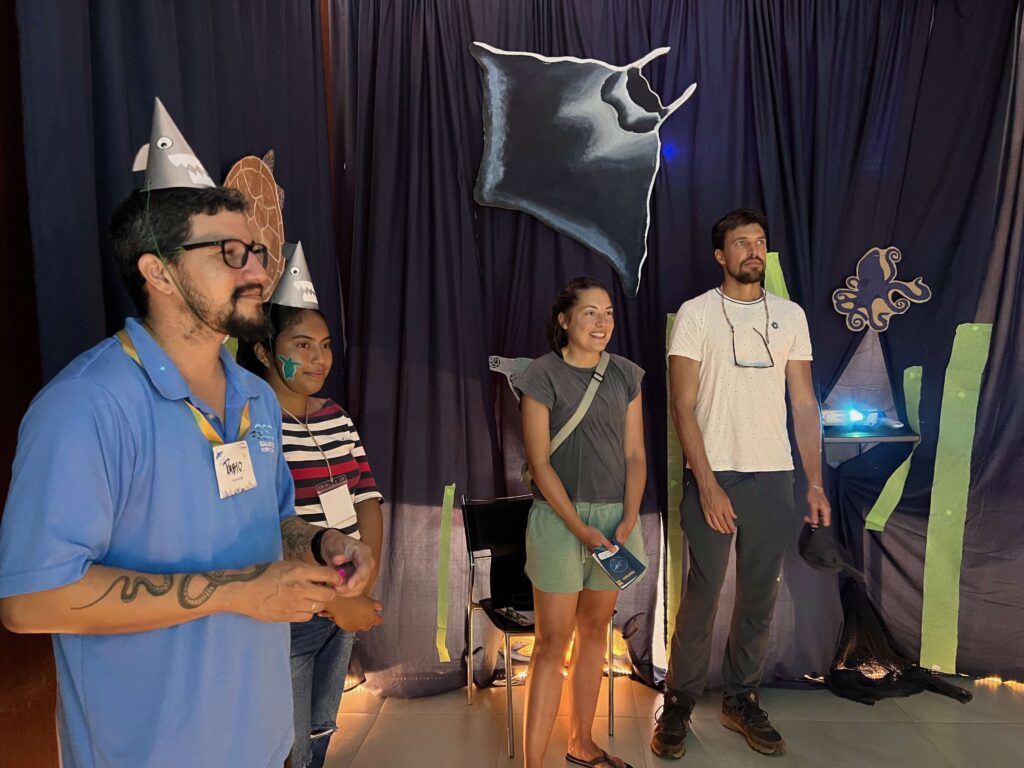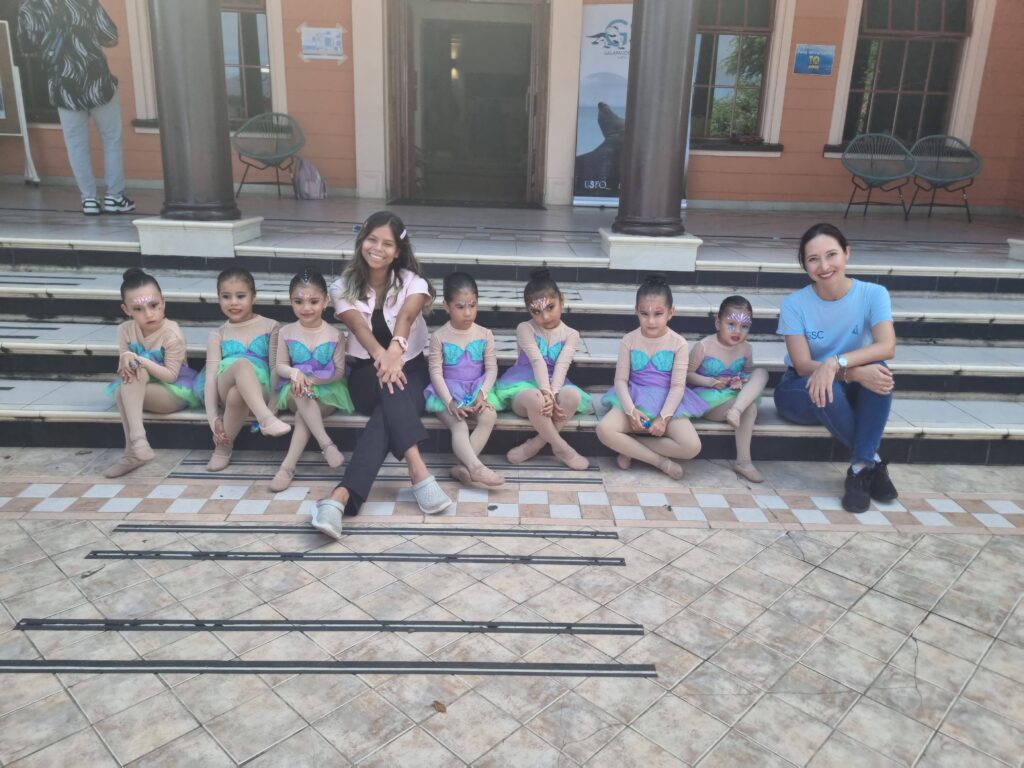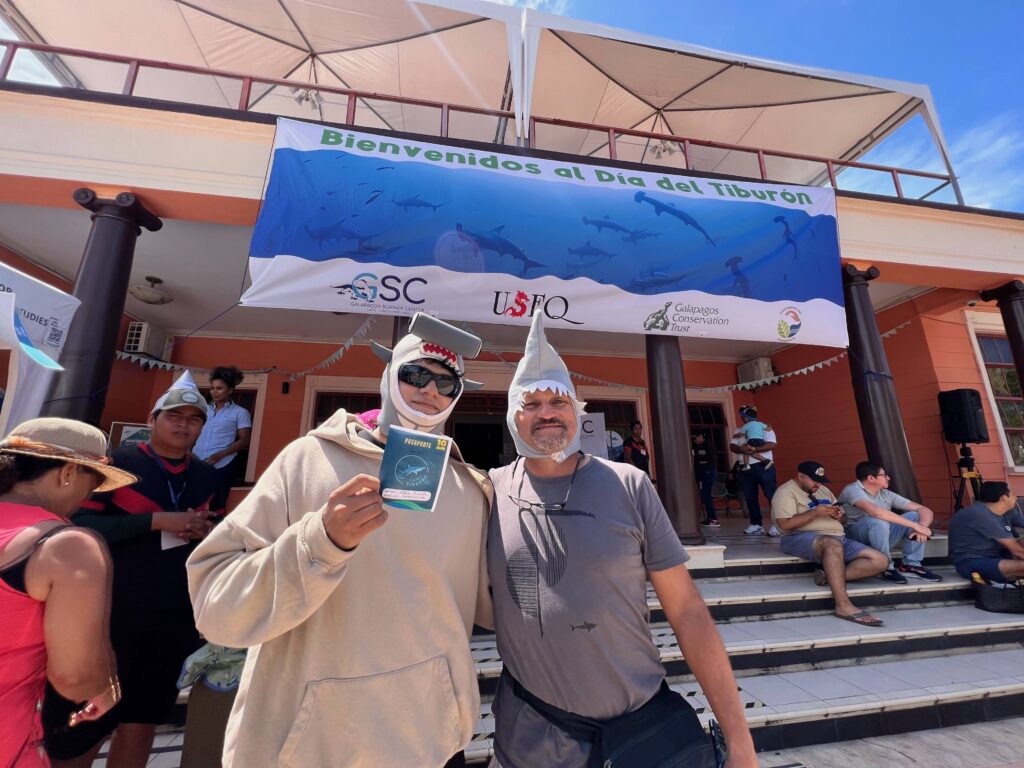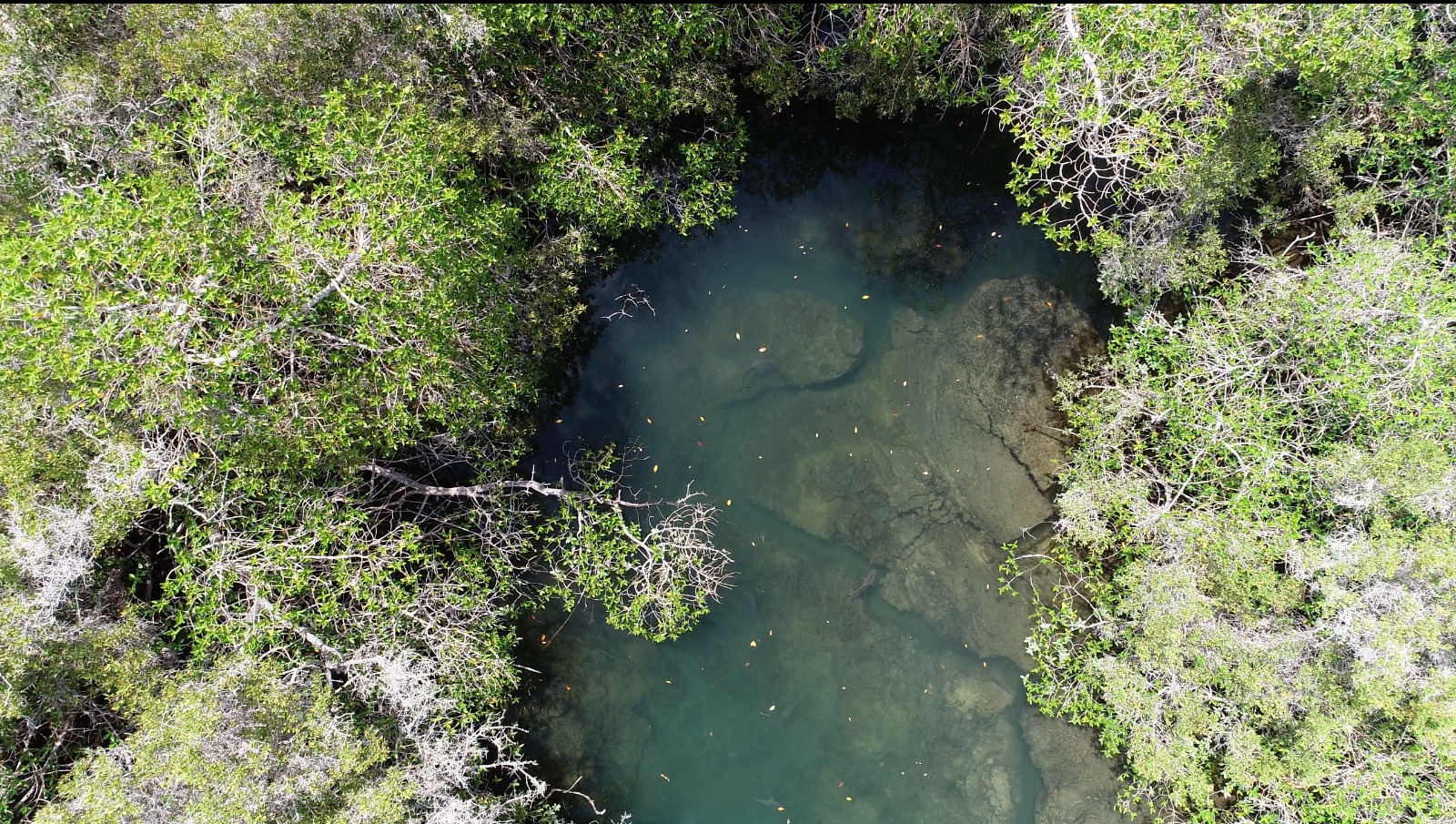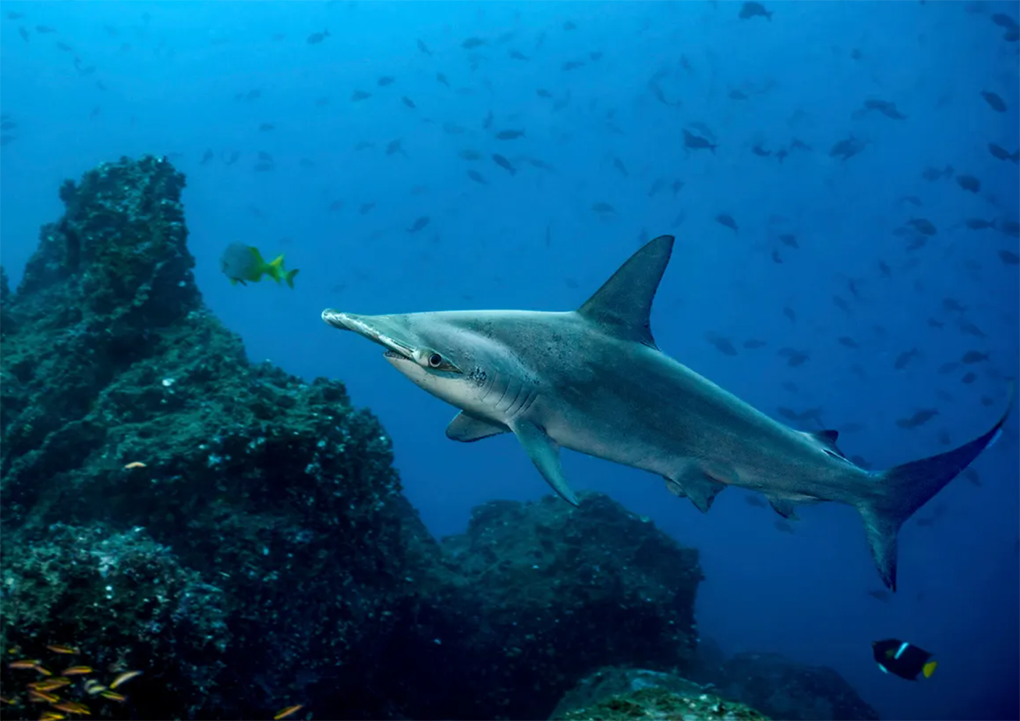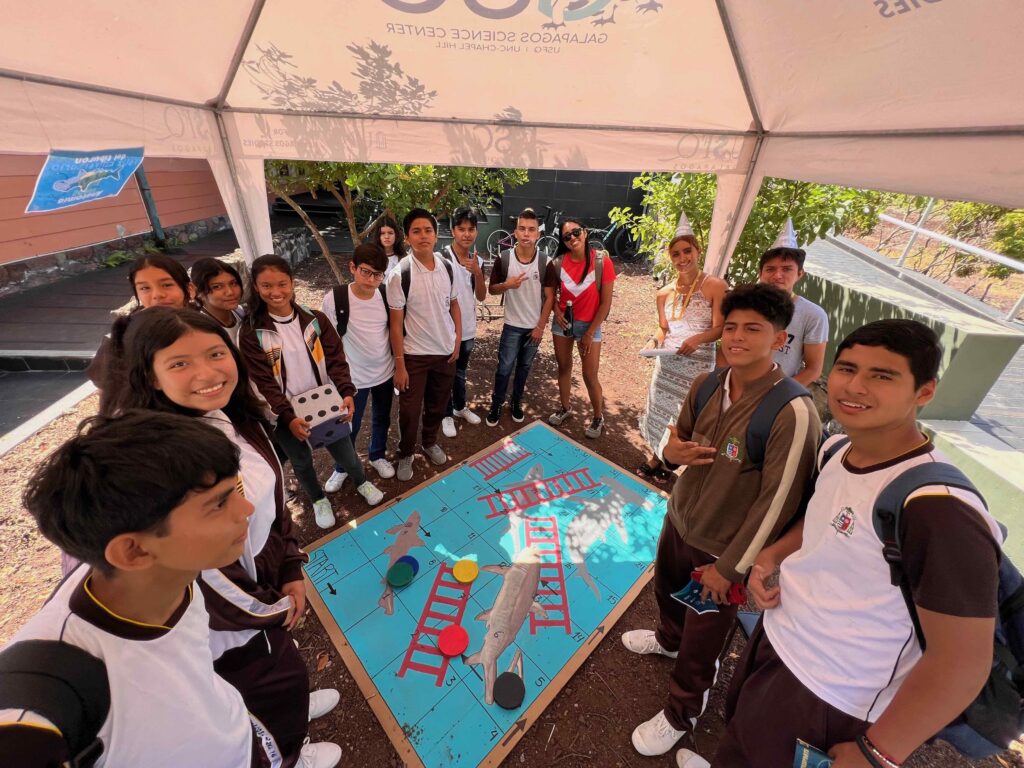
10 years celebrating the existence and importance of sharks.
Sharks face constant threats such as illegal and incidental fishing, which endanger their existence. Their disappearance would have devastating consequences. The oceans would lose their balance, fisheries would collapse, and millions of people – whose livelihoods and way of life depend on them – would be severely affected. For this reason, scientists from the GSC and GCT joined forces to create an event that raises awareness about the importance of sharks in marine ecosystems. That’s how this initiative started 10 years ago, and it has become one of the most emblematic outreach projects on the Islands. “We are dispelling some myths. We encounter people who perceive sharks and rays as the villains of the story. Events like this allow us to inform and demonstrate that this is not the case. Sharks have much to offer in terms of tourism and other beneficial services for our community. Promoting this awareness is crucial to us, and we believe we are making a positive impact on the community,” said Diana Pazmiño, researcher at GSC and professor at USFQ.
Over the years, this initiative has grown in scope and participation, becoming an eagerly awaited tradition both for the local community and for visitors to the island.
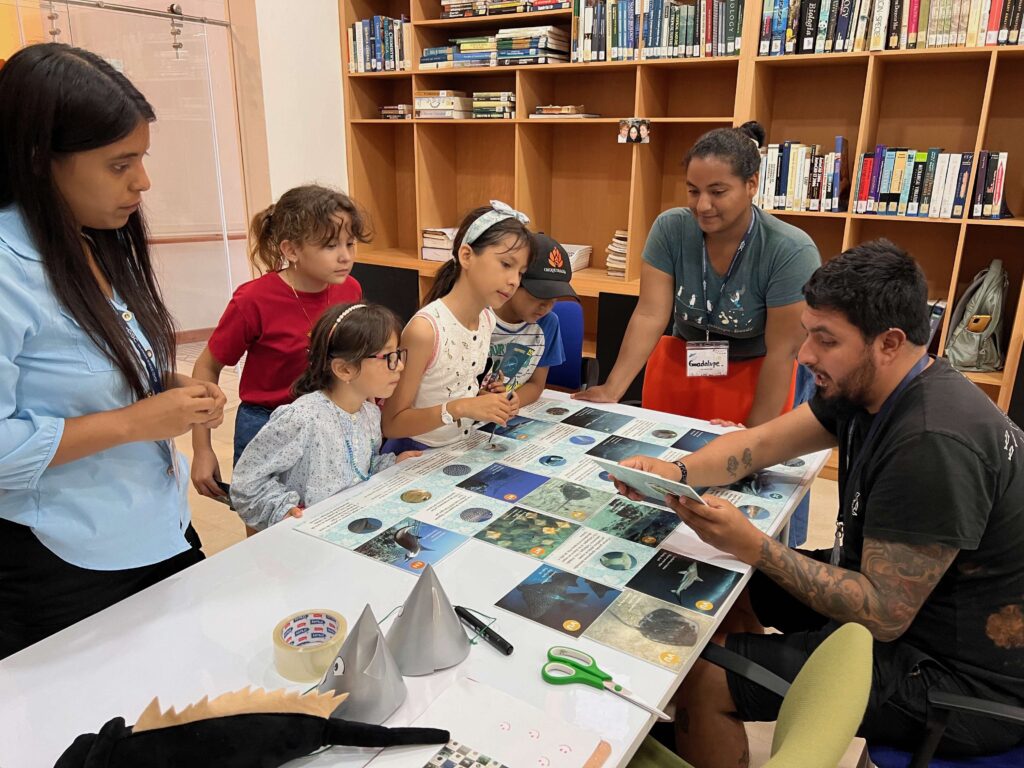
The “Hermandad” Marine Reserve allows the protection of species along the migratory route of the Cocos Ridge, which connects the Galapagos Islands with the coasts of Costa Rica, passing through Cocos Island.
In 2022, a significant breakthrough in ocean protection occurred when Ecuador officially expanded the Galapagos Marine Reserve (GMR) by 60,000 km². This expansion includes 30,000 km² where all fishing extraction is prohibited and another 30,000 km² where longline fishing is not allowed. Prior to the expansion, the GMR already protected 138,000 km² of ocean. This measure ensures the preservation of oceanic ecosystems, migratory routes, and feeding areas for endangered marine species, thus guaranteeing a sustainable future and contributing to the maintenance of the planet’s natural balance. “Through collaborative work with the Galapagos National Park, we have studied shark movements, genetic connectivity, and key habitats like mangroves, which are crucial for the development of offspring. By applying this scientific data, we have renewed the Galapagos Marine Reserve and made international contributions to the conservation of these species. Learning fearlessly and understanding the importance of sharks helps us in protecting this fascinating animal,” added Maximiliam Hirschfeld, a researcher at GSC.
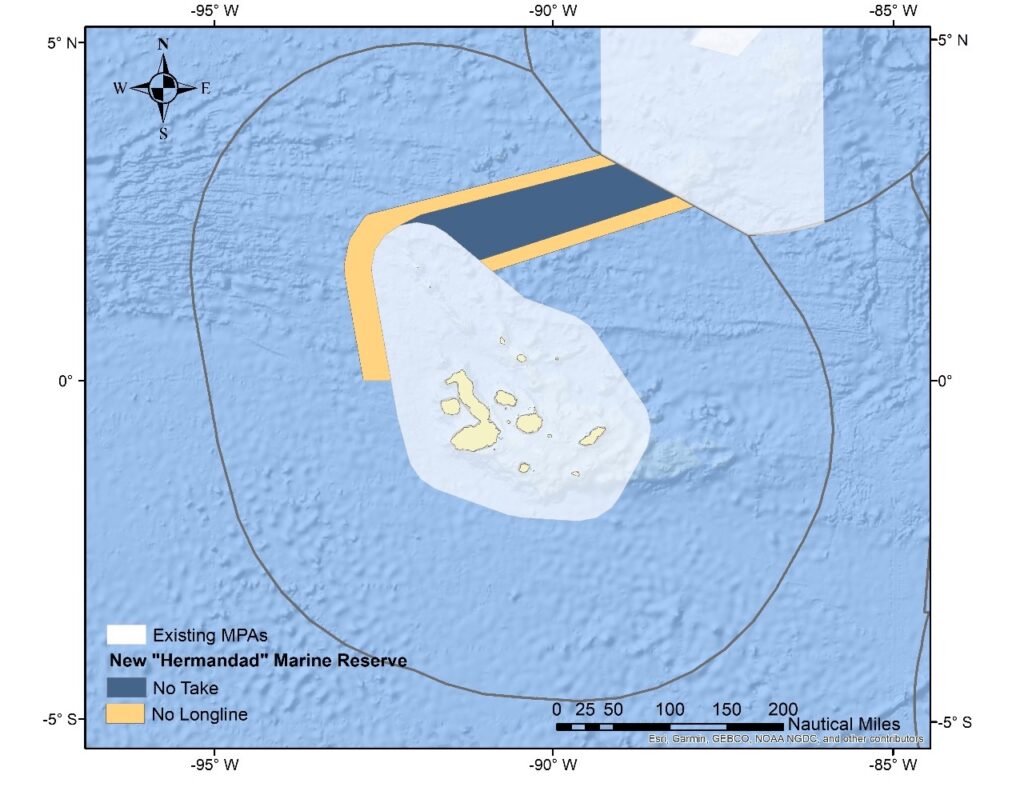
The main objective of Shark Day is to debunk myths about the dangerous nature of sharks and promote their conservation.
The primary goal of Shark Day is to spread awareness about the protection and care of these magnificent marine predators, involving the community. Through various resources and informative and recreational activities, the aim is to dispel myths and negative stereotypes about sharks and highlight their importance in maintaining the balance of marine ecosystems. Additionally, the adoption of sustainable fishing practices and the conservation of marine habitats are promoted to ensure the survival of these species. “As researchers working with sharks, we greatly value the increasing understanding and support we have experienced from the community towards their conservation. Over the years, we have witnessed a significant increase in the participation of children, youth, and entire families in our events and educational programs,” added Diana Pazmiño, researcher at GSC and professor at USFQ.
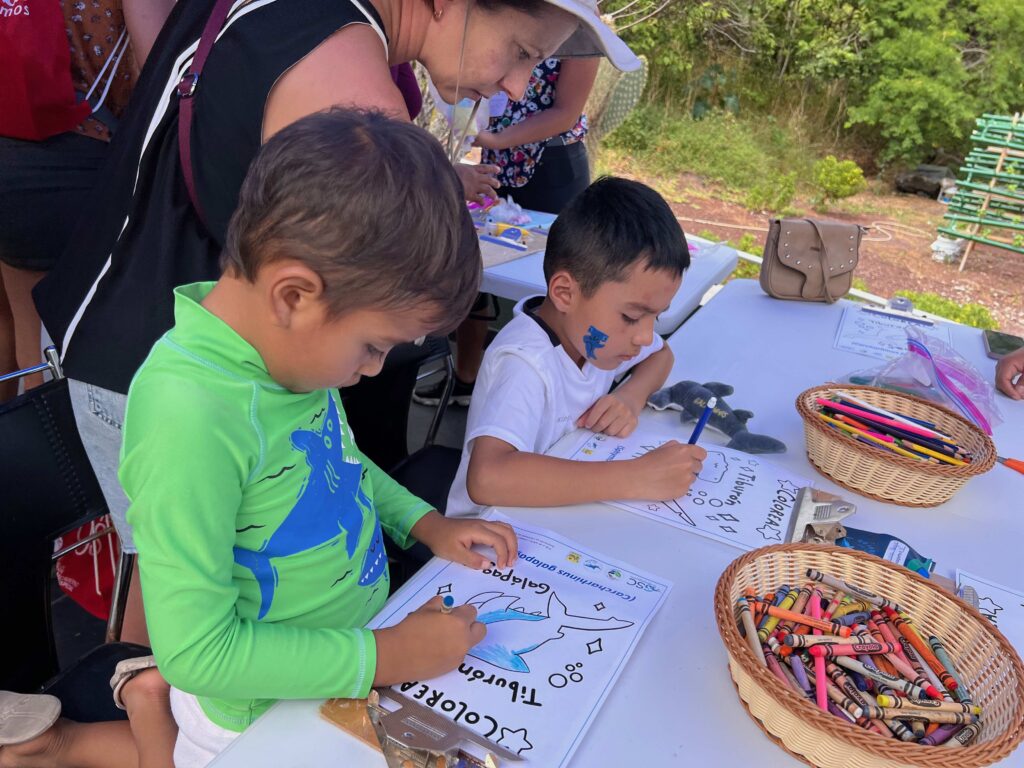
The tenth edition of Shark Day was a significant celebration that brought together many people to promote shark and marine life conservation.
In commemoration of its 10th anniversary, the event offered a wide range of exciting and educational activities to immerse participants in the fascinating world of sharks. From exhibitions on the anatomy and behavior of these marine predators to presentations of scientific research projects, a unique opportunity was provided to learn and appreciate the importance of these creatures. Additionally, the presentation of the story “Marti, the Hammerhead Shark” and the captivating performance by the Kasari Dance Group inspired the community to highlight the beauty of sharks and emphasize their fundamental role in marine ecosystems. “The protection of sharks is a collective effort, where various organizations come together to plan and carry out this event. From creating educational content to providing resources for the well-being of attendees, every form of participation is equally important. Researchers, teachers, students, and community members all contribute from their different spaces to achieve our common goal: promoting the protection of sharks and marine ecosystems, both in the Galapagos and around the world,” added Leidy Apolo, Community Outreach Coordinator at GSC.
